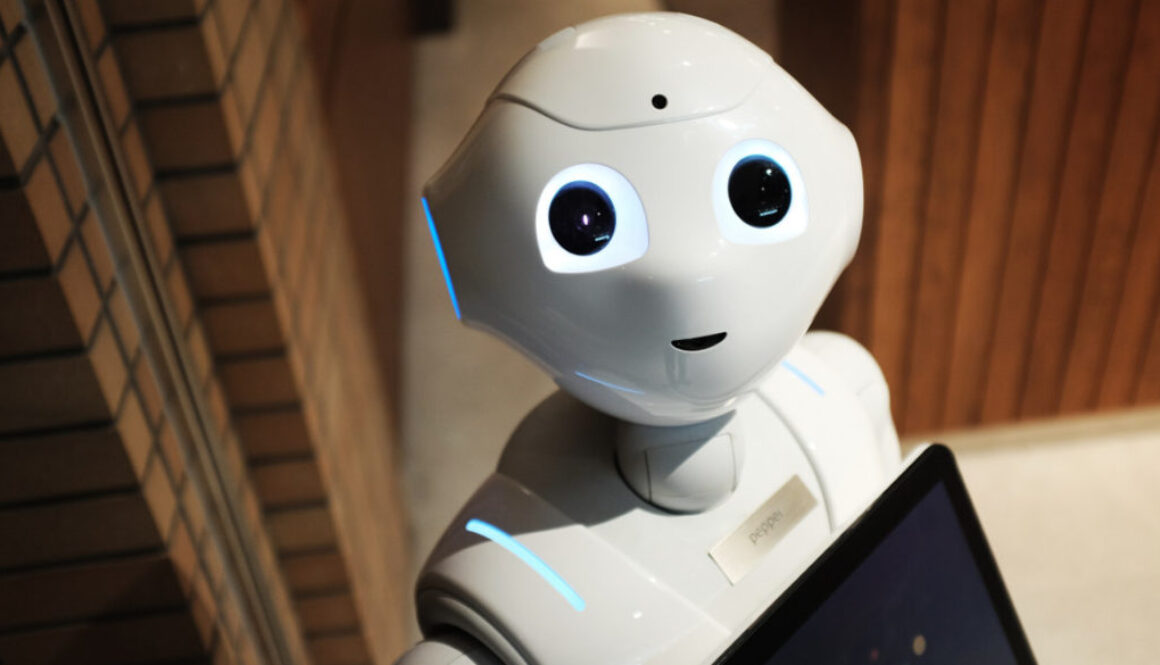The Advent of AI Could Possibly See the Resurgence of the Middle Class
There are multiple ways our AI future could unfold.
As we have seen with past advances in technology, jobs disappear but there are usually jobs that are created through the opportunities generated by the new technology and jobs produced in order to manage the new technology. AI will probably be the most disruptive innovation that has ever been created, as it will affect every industry, not only penetrating blue collar jobs but also white collar positions. Many have commented that the spread of AI may mean that huge numbers of jobs will be displaced while others think that AI may act to assist those humans occupying those positions to enhance productivity.
As an entrepreneur, I have a slightly different take on AI.
Entrepreneurship, freelancing, and consulting have grown significantly over the last few years. The ever-increasing portfolio of technology tools introduced over the last several years, has brought about the reduction in barriers to entry for entrepreneurs to invent and produce a greater range of sophisticated products. Innovations normally developed through the financial and technical resources only possessed by large corporations, are now being developed by garage-based, one-person start-ups. I have seen many friends and colleagues benefit from this trend.
Six technological changes have dramatically helped this effort:
Open-source software– such as GIMP, FreeCAD, and Inkscape provide FREE productivity software tools that would normally cost hundreds to thousands of dollars;
3-D printing– provides an avenue for quick prototyping and limited-run manufacturing at a fraction of the traditional cost;
User-friendly programmable industrial robotics– allows for small batch manufacturing services, providing small businesses with an outsource service to produce products without having to build manufacturing themselves;
On-line educational resources– such as youtube, allow people to learn new skills for free;
On-line crowdfunding– such as Kickstarter, provide start-ups access to small rounds of funding, which would normally be inaccessible to most people;
Incubators– provide in-house tools, expertise, and established networks to help get entrepreneur’s ideas to market, reducing start-up costs significantly.
With AI, I see barriers being reduced even further, with the automation of tasks that would require specialty skills that would normally be financially out of reach for the boot-strapped trailblazer. AI combined with the tools outlined above will provide an unprecedented ability for the average person to launch a product or service idea.
Those wishing to gain or maintain middle-class status have the opportunity to flourish in this new era of innovation. With extremely low start-up costs, and operational overhead generated by the tools outlined, one does not need a large customer base to do well, so mom-and-pop businesses with niche product offerings will be more able to survive and prosper.
There are some challenges ahead if we want to create the positive AI future outlined above. Currently, the education system is geared toward creating task-oriented employees. A change in mindset needs to happen, which needs to start with those still in school. The curriculum needs to evolve to foster creativity, problem-solving, and entrepreneurship. If we do not evolve the curriculum, then only a select few will flourish.
A couple of TED talks that helped shape my thoughts on this topic-
Maurice Conti– the Director of Applied Research & Innovation at Autodesk. He demonstrates how CAD combined with AI can be used by the average person to design new products.
Ann Makosinski– a young innovator who invented two revolutionary products by the time she was 19. She owes a significant amount of her education to her parents who taught her the mind-set on how to create her own things.

